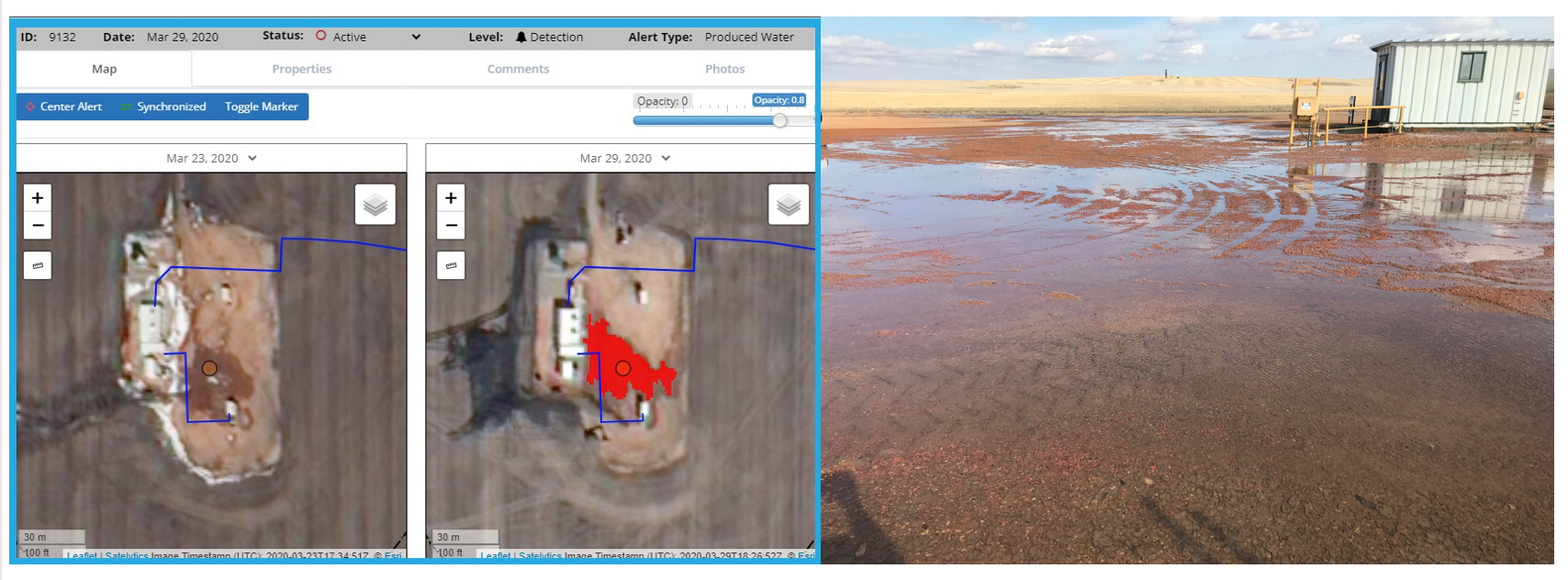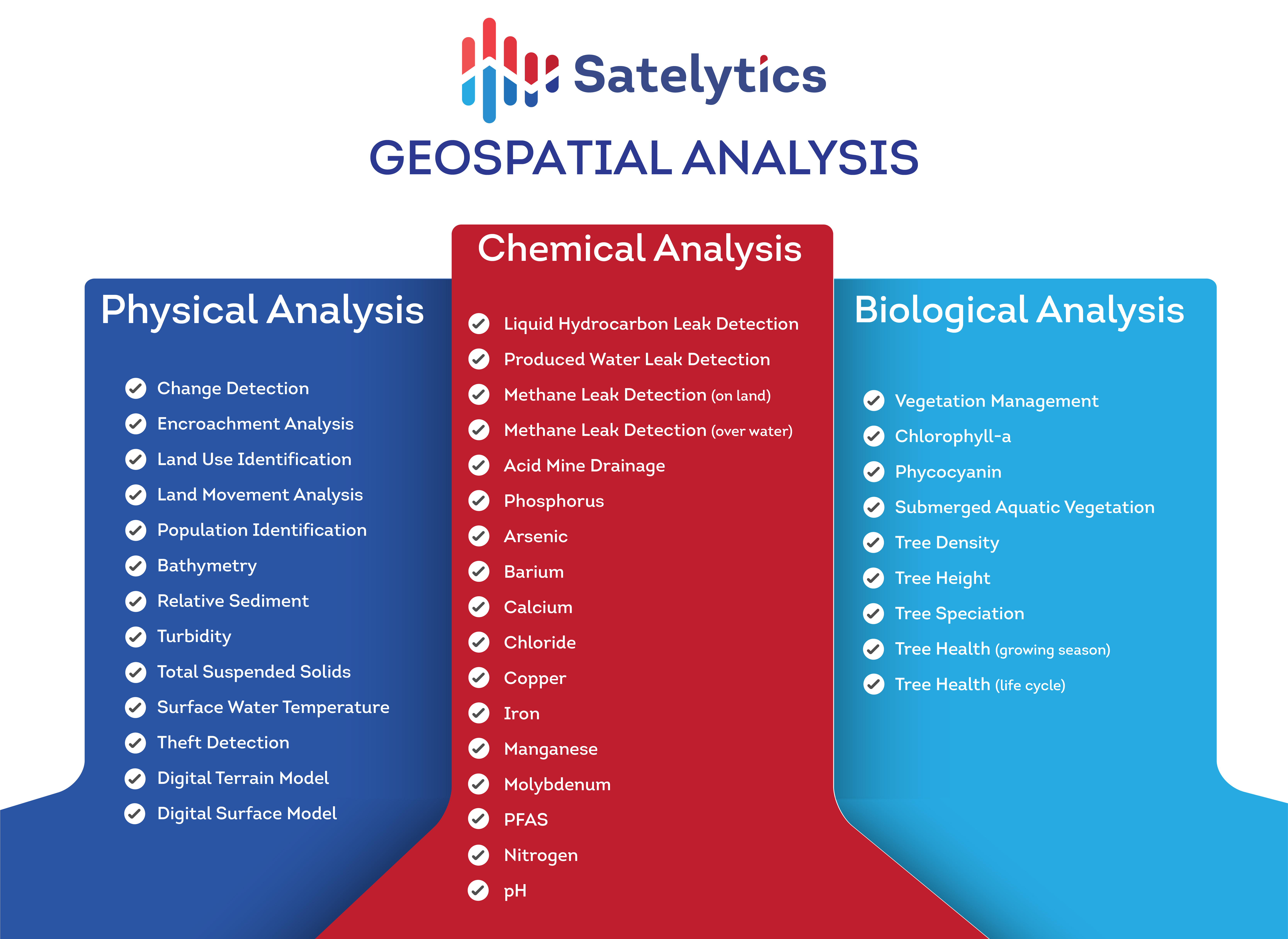
• Oil & Gas

• Oil & Gas
Prospective customers often ask me what Satelytics’ role is in regulatory compliance. My usual answer is, “It depends on you and your relationship with the regulator.” Satelytics does not work for regulators nor non-governmental organizations. We will, however, work WITH your regulator upon request by you, the customer.
For upstream customers, regulation might come from the federal or state levels or both. In my home state of North Dakota, E&P in the Bakken is regulated by the state, except tribal lands which assert authority by their own regulators. In the upstream sector, oversight starts with exploration tasks and concludes when a site is remediated following retirement, a time frame that can last decades. Overall, the regulatory focus is on activities happening on the well pad, injection site, or waste disposal areas. Regulatory topics at the forefront of our customers' minds are liquid spills, land movements, methane emissions and flaring, and vegetation metrics.
The mission of Satelytics is to prevent consequences and dodge threats facing large infrastructure areas. Upstream customers use Satelytics’ advanced leak detection algorithms for early alert of well pad spills. Our Constant Vigilance™ tools include quantification of the size of hydrocarbon and brine spills, both likely reporting requirements for any incident.
And the results don’t have to be reactionary, with regular monitoring for things like methane, vegetation, and encroachments, a small event can be caught before it causes a disaster. There is also a payback through reduced operational spending to do routine monitoring through walking, driving, or aerial, monitoring. The allows you to send your field experts to only the places their expertise is needed.
In recent customer-hosted conversations with state and federal regulators, we have heard broad support for advanced monitoring with satellite-based technologies. As with most of our customers, the oversight bodies want to protect the environment. If geospatial analytics can improve current practice, then that is attractive to both companies and regulators. In the Bakken, the regulators have had a chance to explore Satelytics accuracy with current users and have agreed to accept it.

Document leaks, avoid disputes with regulators.
Regulators have recognized the advantages for these reasons:

Satelytics' algorithms to help you achieve and document compliance.
The regulators with whom we have spoken see geospatial analytics as the future, but why wait for the future when it can be implemented today? Call us to discuss how we can help you get ahead of regulations and improve relations with your regulators.